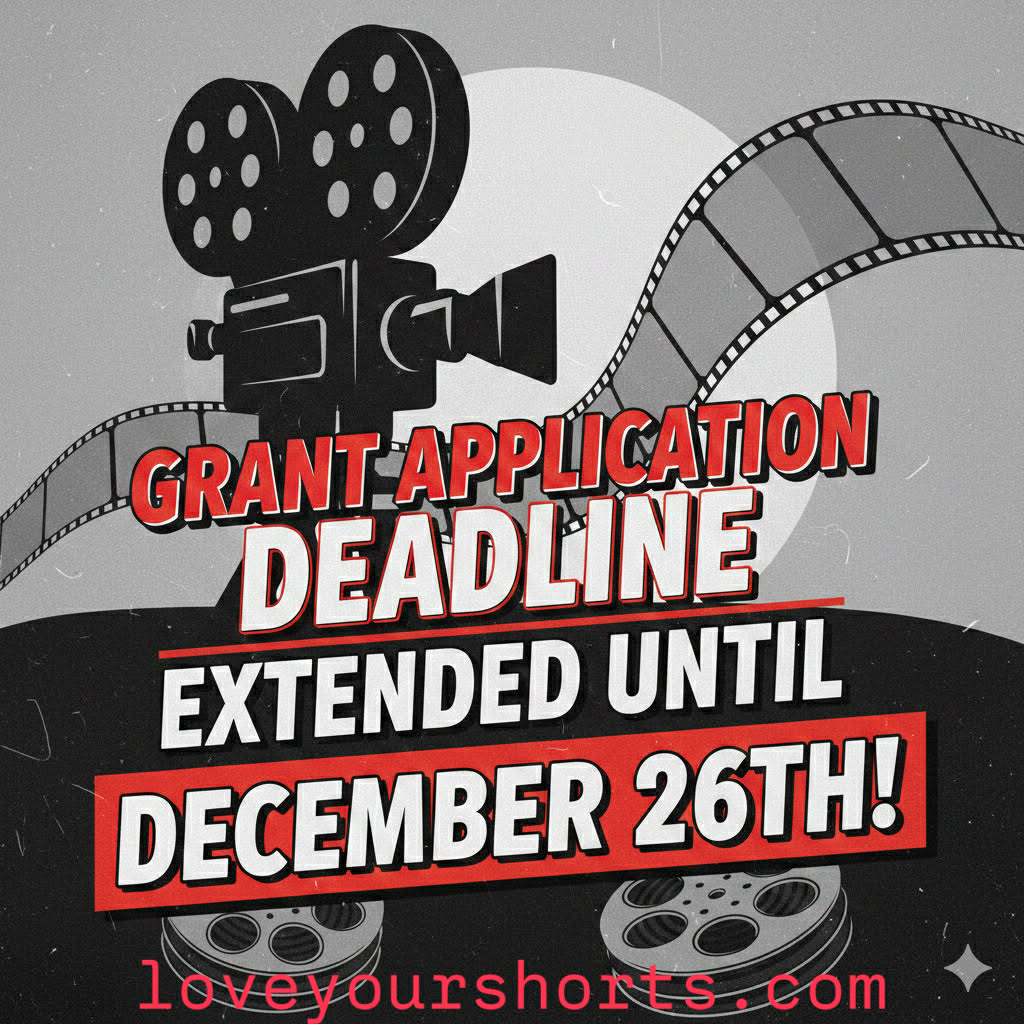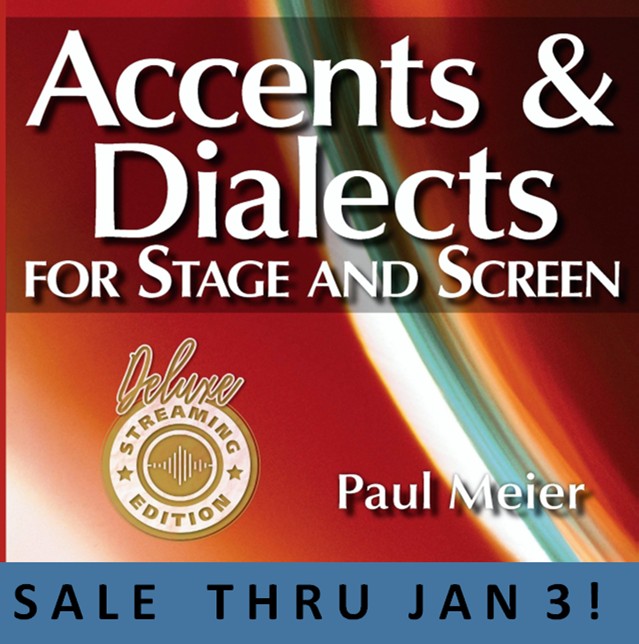Zambia 1
Listen to Zambia 1, a 23-year-old woman from Lusaka, Zambia. Click or tap the triangle-shaped play button to hear the subject.
Both as a courtesy and to comply with copyright law, please remember to credit IDEA for direct or indirect use of samples. IDEA is a free resource; please consider supporting us.
BIOGRAPHICAL INFORMATION
AGE: 23
DATE OF BIRTH (DD/MM/YYYY): 1979
PLACE OF BIRTH: Annan, Gujarat, India (but raised in Lusaka, Zambia)
GENDER: female
ETHNICITY: N/A
OCCUPATION: student
EDUCATION: The subject was attending college at the time of this interview.
AREA(S) OF RESIDENCE OUTSIDE REPRESENTATIVE REGION FOR LONGER THAN SIX MONTHS:
She lived the first three years of her life in Annan, Gujarat, India. When she was 17, she moved to Lawrence, Kansas, in the United States, to attend college.
OTHER INFLUENCES ON SPEECH:
She is fluent in both Hindi and Murati, and retains Indian influences despite being raised in Zambia.
The text used in our recordings of scripted speech can be found by clicking here.
RECORDED BY: Elizabeth Ahrens (under the supervision of Paul Meier)
DATE OF RECORDING (DD/MM/YYYY): 05/12/2002
PHONETIC TRANSCRIPTION OF SCRIPTED SPEECH: N/A
TRANSCRIBED BY: N/A
DATE OF TRANSCRIPTION (DD/MM/YYYY): N/A
ORTHOGRAPHIC TRANSCRIPTION OF UNSCRIPTED SPEECH:
I was born in a town called Annan. It’s in the state of Gujarat in India. Um, after that when I was about 3 years old, uh, my family moved to Zambia in Africa and we live in the capital city, which is Lusaka, and I live there ever since. And when I was about 17, I came here to go to college, so … but, um I frequently visit India almost every other year so I haven’t really lost touch with my native background and, uh, as far as languages go, I can speak my mother tongue, which is Murati, and I can speak the national language of India, which is Hindi. Um, and then in Zambia they speak English, and in India also English is like a second language so, um, that’s quite a common thing. So I learned how to speak English when I was really like, probably like four or five. And then, um, in Zambia, they have other tribal languages, but those are kind of hard to pick up, um, so, but I mean I now a little bit to get around just to get by maybe and then once you live outside India it’s a little tougher — like you lose a little bit of touch with your … like I can speak my language pretty fluently, but I can’t read or write like it, it sounds pretty strange, but it’s a fact. OK, um, basically if you want to say, uh, “hello,” you say “namaste,” and usually do that with hands like that, and that’s in Hindi; and if you want to say, um, “how are you?” like you would say “kei esei hou” basically, and that’s in Hindi. In Murati, it’s almost the same — instead of “namaste” you’d say “namascar.” And, uh, instead of “kei esei hou,” you’d say “kasa ahe.” Indians in Zambia basically have a … they might have a little bit of an African, um, tone to their speaking like they might speak, say their words a little different; like let’s say the word like let’s say the word “carpenter;” or maybe a person in Zambia would say like “carpenter,” but you’re — maybe a person in India would say it different: “carpenter.”
TRANSCRIBED BY: Elizabeth Ahrens (under the supervision of Paul Meier)
DATE OF TRANSCRIPTION (DD/MM/YYYY): N/A
PHONETIC TRANSCRIPTION OF UNSCRIPTED SPEECH: N/A
TRANSCRIBED BY: N/A
DATE OF TRANSCRIPTION (DD/MM/YYYY): N/A
SCHOLARLY COMMENTARY:
Though fluent in English, she has just a trace of an Indian dialect. Only once does she not fully articulate the “th” sound. Her tone tends to rise at the end of words, and she drops the “d” sound in words like “and.” A strong “i” sound is apparent when she says “India” and “Hindi.”
COMMENTARY BY: Elizabeth Ahrens and Paul Meier
DATE OF COMMENTARY (DD/MM/YYYY): 05/12/2002
The archive provides:
- Recordings of accent/dialect speakers from the region you select.
- Text of the speakers’ biographical details.
- Scholarly commentary and analysis in some cases.
- In most cases, an orthographic transcription of the speakers’ unscripted speech. In a small number of cases, you will also find a narrow phonetic transcription of the sample (see Phonetic Transcriptions for a complete list). The recordings average four minutes in length and feature both the reading of one of two standard passages, and some unscripted speech. The two passages are Comma Gets a Cure (currently our standard passage) and The Rainbow Passage (used in our earliest recordings).
For instructional materials or coaching in the accents and dialects represented here, please go to Other Dialect Services.
 IDEA: International Dialects of English Archive
IDEA: International Dialects of English Archive




